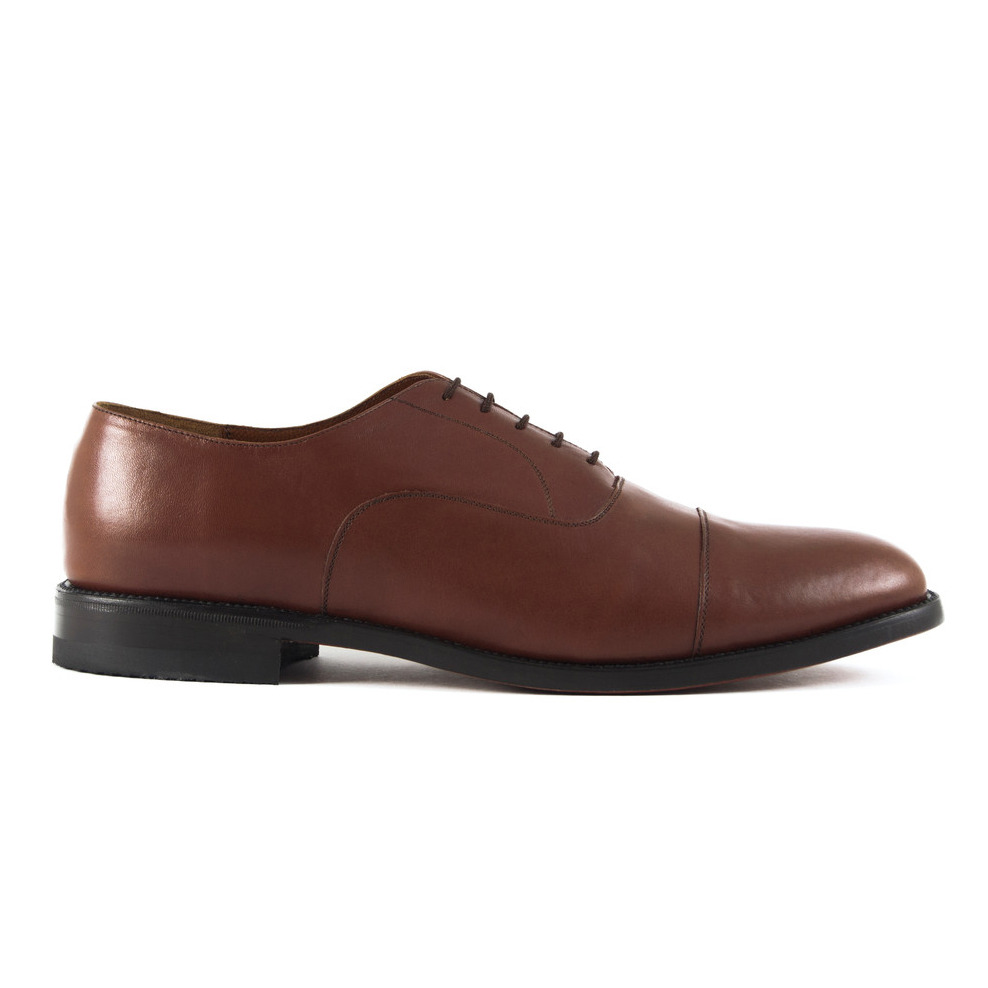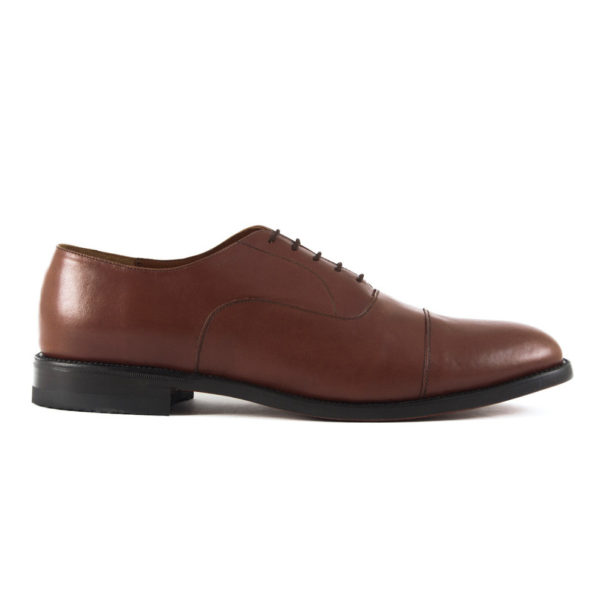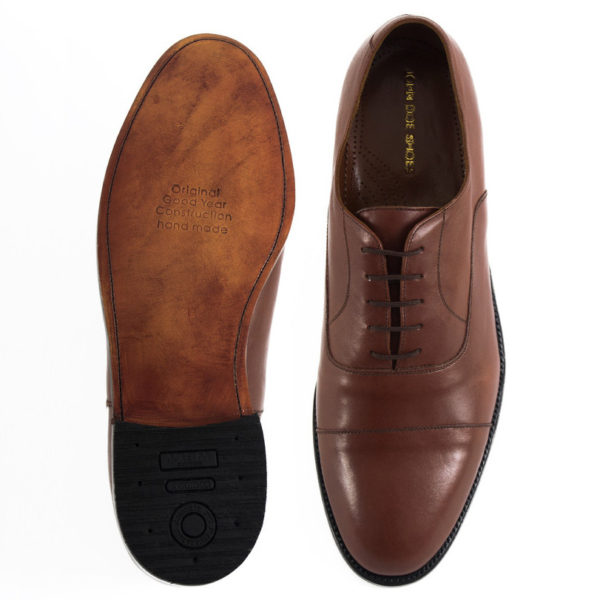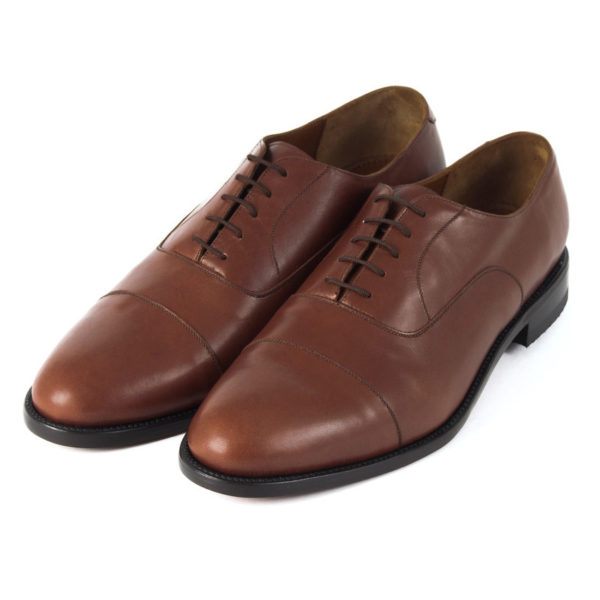
John Doe recently loaned me a pair of their latest oxfords so I could check out the improvements they made since my last review. The shoes arrived last month, and they’re indeed much better. The new leathers are sourced from a different tannery, and feel much more supple and natural than their previous materials. The linings are also better attached, so there’s no more bubbling from an uneven application of glue. Additionally, the stitching is straighter, and without the punched brogue decorations, there are fewer places for something to go wrong. All in all, it seems they’ve upgraded their materials, tightened up their quality control, and are better at working with their factories.
I think readers will find there’s still a significant jump in quality as you go from these to brands such as Allen Edmonds, Loake, and Meermin, but those will range anywhere from $200 to $350 at full retail. There are, of course, things such as Allen Edmonds’ factory seconds and the companies that Loake privately produces for (such as Charles Tyrwhitt), and those will sometimes go on sale, but none will match the very competitive price of John Doe at ~$150. For people with a hard budget of ~$150 or less, there are really only a few options.
The first, of course, is to go second hand, which you can get through thrift stores (using Jesse’s very useful thrifting guide) or our eBay roundups. I really like Ralph Lauren and Jesse likes Florsheim, but Allen Edmonds, Loake, and Brooks Brothers are also good names to search for. Just be discerning, as not all shoes from these companies are worth buying.
If you’re not comfortable with buying used shoes, then there’s suede, where you can “by-pass” the manufacturer’s need to cut back on quality materials. In comparison to “regular” leathers, the difference between low- and high-quality suede will be much smaller. Whereas corrected grain leathers can develop unsightly “cracks” over time, low-quality suede can stay pretty consistent if you know how to take care of it.
Outside of that, there are a number of shoe companies who sell products very similar to John Doe. The difference? John Doe uses a Goodyear welting method to attach their soles, instead of gluing them on like other manufacturers. This allows you to more easily resole your shoes over and over again, which can extend the life of your shoes considerably (assuming you take care of the uppers). That translates to better value for your money and less junk in landfills. I think everyone can applaud that.










